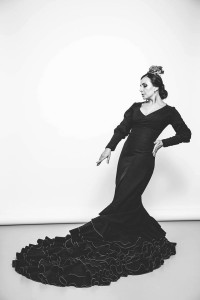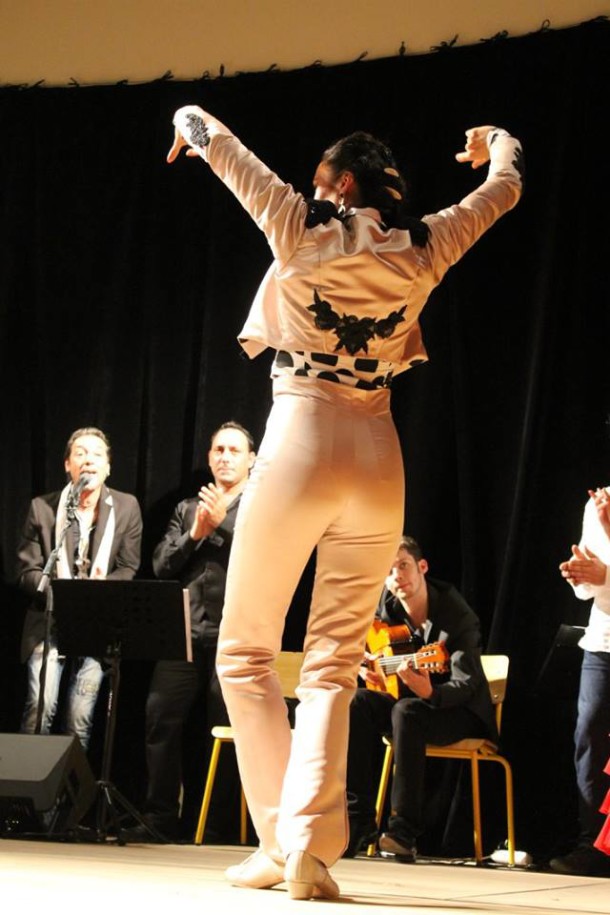 Now what does the perfect bata de cola look like?
Now what does the perfect bata de cola look like?
It is one of those questions that comes up all the time but doesn’t have an easy answer.
It should be easy, really, and if you’ve taken a bata de cola class or had a chance to talk to a flamenco teacher about it I’m sure you’ve got the answer ready in your mind. But before you scroll down to the comments box (and I’d love you to, just hang on a sec ..)
I get to talk to a lot of bata de cola teachers and to a lot of students who tell me what their teachers have taught them and the only thing that’s certain is that ..
.. there are as many “perfect” batas de cola as there are teachers.
The thing that makes life confusing for a flamenco student who learns from more than one teacher is that almost every teacher I have ever met and every teacher whose students I have met insists that her/his idea of the “perfect” bata de cola is the ONLY correct one.
One will argue that a bata de cola must be heavy, another insists it must be lighter. For one teacher it must be wide, for another narrow. Long, short, lots of ruffles, few ruffles .. you get the idea.
There are also countless ways of calculating the “correct” length of a bata de cola.
If you ask me I’ll always tell you the same thing: The perfect bata de cola is the one you love to dance in, the one that lets you express what you want to express. It may take some experimenting to find the type of bata that works best for you, and what works best for you might change over time. You might also find that one type works great for some things and a different type for others – lots of dancers have more than one bata de cola and know that each has its own “character” and needs to be moved in a different way.
So what do I do with all those opinions when it comes to creating my bata de cola pattern and eCourse?
Well, there are a few things most teachers agree on:
- your bata should have a firm fit in the hip area
- it should touch the floor at the sides (with shoes on)
- it should be a bit shorter in the front
- the tail should have enough body to not flip under or over
And I’ve learnt from making batas de cola for lots of dancers over the years what works for most dancers – a bata that’s not extreme in any way: neither super heavy nor super light, neither wide nor super narrow, neither short nor super long.
If you’ve made a bata de cola and would like to share your experience please leave a comment or send me an email.
I’d love to hear your thoughts.
If you’ve been thinking about making one – your first one or your next one – and would love me to really show you exactly how to go about it, step by step, and personally help you anytime you have a question I’d like to invite you to enroll in the online video course “How to Sew a Bata de Cola – From Start to Gorgeous Finish” – you’ll be glad you did when you turn heads in your very own creation 🙂
If you don’t need detailed instructions you’ll be fine with just the pattern.
As always, if you have any questions please let me know.
Have a beautiful day & lots of fun dancing,
Anke





